How and where do almonds grow?
Not all, but many, eating any vegetable, nut or fruit, think about how, in nature, a plant that gives these fruits grows?
Content:
- Almonds: general information
- Where do almonds grow?
- How to grow almonds
- Features of fruiting
- Almond propagation
Especially, of course, such questions may be of interest in the case when this exotic culture or its cultivation is not typical for the conditions of those areas where we live.
Quite often, people are interested in how almonds grow, where they grow, what conditions would be favorable for them when grown in their own garden.
Almonds: general information
In nature, almonds can grow and how bush, and as a rather tall tree - from 4 to 10 meters.
We all know almond kernels that taste great, but not everyone is lucky enough to see almond trees in bloom. And there is something to see: almond bushes are very densely covered with flowers, they are quite large and have a delicate white-pink color.
After flowering, fruits are tied on the plants - drupes. The shell of the fruit is not edible; almond kernels are eaten.
Distinguish almond of two types:
- with sweet fruits;
- with bitter fruits.
Sweet kernels are eaten fresh and are used to prepare various culinary dishes. In addition, almond seeds are used to make excellent almond oil, which has a number of beneficial properties and is used in many branches of cosmetology.
Bitter-tasting almonds are poisonous! This is due to the fact that they contain hydrocyanic acid. You cannot eat them.
Alas, it is almost impossible to visually distinguish one type of almond from another. Therefore, if you are not sure about the origin of the almond, do not eat it.
Where do almonds grow?
Almonds can be classified as heat-loving plants. In the conditions of the middle zone and north of it, if they are grown, then for decorative purposes. Unfortunately, spring frosts and strong winds, which are characteristic of the middle lane, have a rather detrimental effect on the fruiting of almonds.
Almonds are widespread in the regions of the Caucasus, Crimea and Central Asia. These are territories with a warm climate, the presence of a mass of mountain slopes, rubble soils, where almonds most often grow.
How to grow almonds
If, after the above, you want to try to grow almonds, then you will need to find out what conditions are most favorable for the development and growth of this plant.
As for the soil, it is clayey, loamy, heavy soil are capable of very quickly destroying plantings. It is preferable to prepare for planting a place where the soil belongs to sandy loam, rich in nutrients humus.
If you are planting several trees at once, you need to remember that they can grow a lot in the future. Therefore, it will be necessary to provide a distance of 6-9 meters between the seedlings.
In addition to the fact that the crown of trees grows well, their root system grows even more. It has a surface structure and can be larger than the crown.
If the almond growing area is frequently exposed to droughts, then it is necessary to provide the trees with regular watering.
Harvesting almond trees is a lot of fun. After ripening, the drupes open up and, in order to collect the kernels, each tree will need to be shaken off.
Features of fruiting
Under the right growing conditions, fruits on almond trees can be obtained in 3-4 years. At about 6 years old, trees can already give rich yields, but the peak of fruiting occurs at a more solid age of trees - 20-30 years.
In old trees (over 65 years old), fruiting is greatly reduced. And the approximate lifespan of almonds is about 130 years.
Almond propagation
Under natural conditions of growth, almonds propagate by seeds and vegetatively, that is, by root suckers or new shoots on stumps.
If we talk about reproduction in culture, then in nurseries, almonds are often bred with seeds, growing seedlings from them.
It is worth remembering that an excessively humid climate can negatively affect the cultivation of this tree. In such conditions, almond trees are very often attacked by fungal diseases.
In winter, almonds are able to withstand frosts down to -25 degrees, however, its flowers will not survive even -2-3 degrees of frost. Therefore, if such a decrease in temperature in spring during the flowering period is characteristic of your climatic zone, then you can forget about the harvest of almonds.
In addition, almonds are a very light-loving plant. If it is grown with a lack of lighting or in thickened plantings, when each tree receives little sunlight, then its crown is deformed, the general appearance of the trees becomes untidy, like a broom.



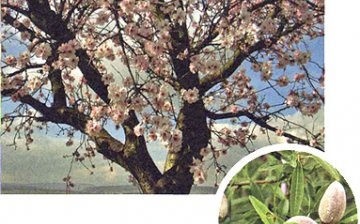
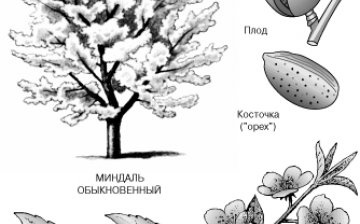
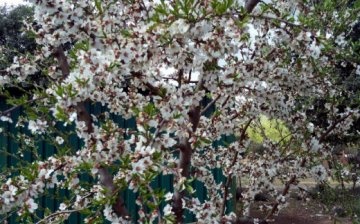
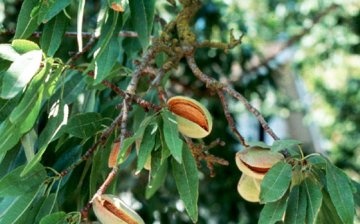




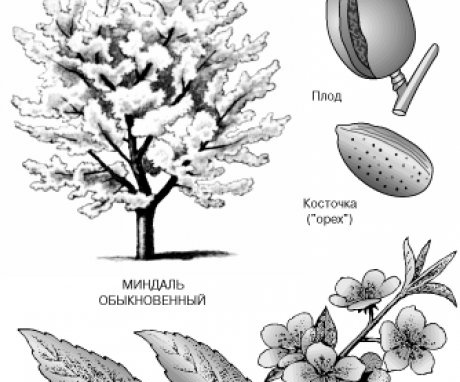
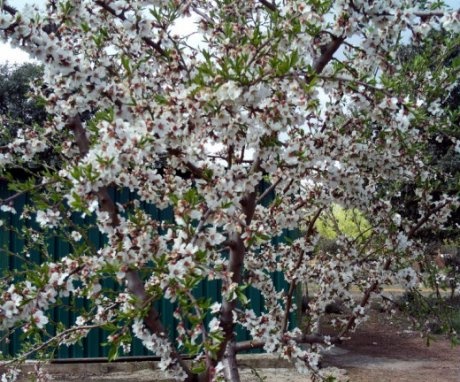
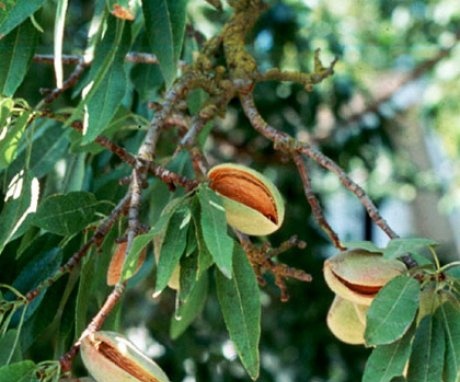
If almond oil is used in cosmetology, then in what form is it usually? I am very wary of essential oils, as they cause allergies and often cause headaches.